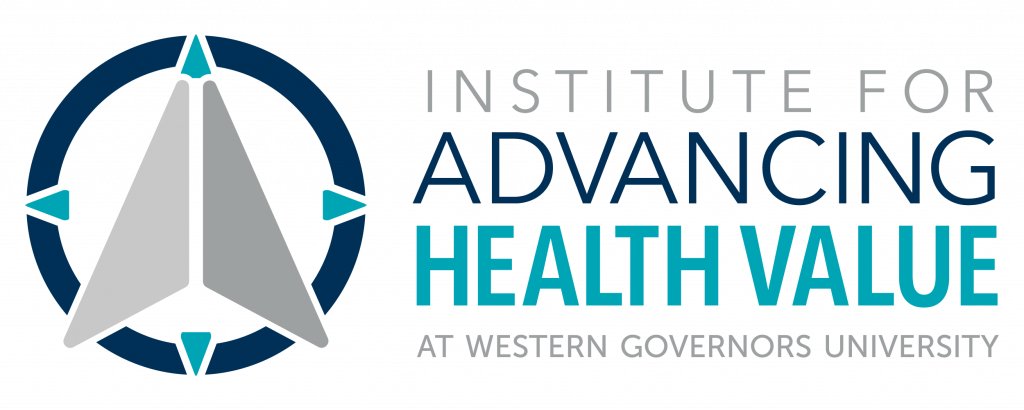In today’s value-based world, physician-led ACOs are dominating the landscape in comparison to their hospital-led ACO counterparts. In the early stages of the value-based care movement, policy makers seemed to prioritize hospital-led ACOs in order to reach a critical mass of beneficiaries for a larger cost savings potential. The ACO market has since seen a shift in leadership as physician group organizations continue to prove more successful. Physician-led ACOs are generating $180PMPM in savings while hospital-led ACOs are generating $26PMPM in savings. These trends suggest that they’ll continue to lead the ACO movement. Policy makers and practitioners must consider the unique needs and opportunities of physician groups in the transition to value-based care.
A primary reason that physician-led ACOs are at a disadvantage is capital – transforming a medical practice and building the necessary infrastructure to succeed in value-based care is expensive. According to NAACOs, the average cost to build a medium-sized ACO is about $2 million ($25PMPM). Many physician-led ACOs that lack access to capital to build their own infrastructure partner with MSOs for a turnkey approach made possible through economies of scale. Health Affairs, for example, reports that nearly 40 percent of ACOs have a management partner, and two-thirds of these ACOs reported that the partner shared in the financial risks or rewards.
One physician-led ACO has proven that capital combined with fearless leadership are two of the key ingredients to success. Rio Grande Valley ACO (RVG ACO) was formed in the ACO Investment Model with upfront capital funding from CMS and took the charge to lead a revolution in health value. Their success story shows that something truly magical can happen when physician leadership, innovation, and aligned incentives converge in a way to solve important problems in our health care system. Based in an area that was made infamous by Dr. Atul Gawande in a New Yorker Article as “The Cost Conundrum”, Rio Grande Valley was once the most expensive healthcare market in the country. With more than a third of families living in poverty, nearly half of the residents have no health insurance, and chronic diseases like obesity, diabetes, and heart disease are widespread.
Edwin Estevez, then Chief Executive Officer of RGV ACO, along with a group of strong leaders, responded to the problems of the local community. As a remarkable leader in our health care industry, Dr. Estevez shares his journey in health value. If you’re interested in how leadership can transform the care outcomes in a community, listen to the story of RGV ACO: a true success story of how to beat the odds and transform the lives of many.
Want to know more about CMS/CMMI plans for provider organizations? Listen to this episode about the new ACO REACH model. CMS has clearly indicated a strong preference for provider-led entities – particularly those like RGV ACO, with experience providing direct patient care and with a successful track record (i.e., high quality outcomes) serving patients in underserved communities.

